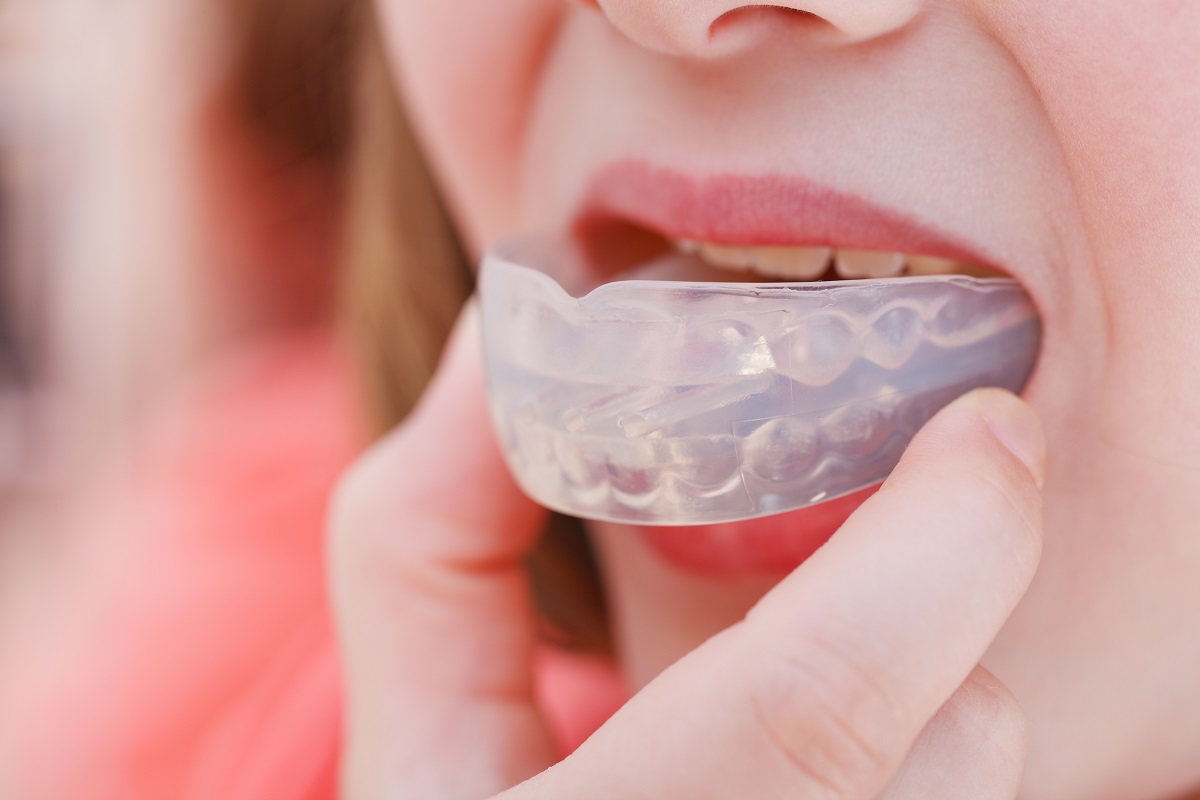
In today’s digital age, dental websites play a crucial role in helping dentists connect with potential and existing patients. The ease of use and accessibility of a website can significantly influence a patient’s decision to choose a particular dental practice. From providing essential information about dental services to facilitating online appointment bookings, user-friendly features are vital for a dental website’s success. So, what makes a dental website user-friendly? While the answer may vary depending on individual preferences and needs, certain key elements are universally important. These include simplistic navigation, mobile responsiveness, easy online booking, and engaging content. By incorporating these features into its design, a dental website can offer a seamless online experience, encouraging more users to engage and potentially choose the practice for their dental needs.

The Importance of User-Friendliness in Dental Websites
User-friendliness in dental websites is paramount for a multitude of reasons. It provides an effortless online experience for patients, encouraging them to engage more with the website and, consequently, the dental practice. Poorly designed websites can frustrate users, pushing them to seek alternatives. In contrast, a user-friendly website keeps visitors engaged, providing the information they seek in a simple and straightforward manner. This not only enhances their experience but also instils trust in the dental practice. Therefore, prioritising user-friendliness in dental website design can significantly impact the practice’s online success, helping to attract new patients and retain existing ones.
Key Features of a User-Friendly Dental Website
A user-friendly dental website boasts several key features. Firstly, it offers simple and intuitive navigation, allowing users to find the information they need with ease. Secondly, it’s mobile-responsive, providing a seamless experience across multiple devices. Thirdly, it facilitates straightforward online booking, saving patients time and effort. Lastly, it provides engaging and informative content, addressing common dental concerns and promoting good oral health. By incorporating these elements, dental websites can significantly enhance user experience, encouraging engagement and fostering trust amongst potential and existing patients. Therefore, these features should be considered non-negotiable when designing a dental website.

Simple and Effective Navigation
Simple navigation is a cornerstone of user-friendly dental websites. A well-structured menu, clear labels, and easy-to-find information can enhance the user’s journey, making it effortless for them to find what they’re looking for. Whether it’s learning about the dental team, finding information on services, or locating the practice’s contact details, a straightforward navigation system can significantly improve the user experience, reducing the likelihood of site abandonment. Moreover, intuitive design elements such as breadcrumbs and clickable buttons can further streamline navigation, guiding visitors through the website with ease. Therefore, when designing a dental website, it’s crucial to prioritise simple and effective navigation to provide a seamless user experience.
Mobile Responsiveness: A Must for Dental Websites
In this era of smartphones and tablets, a mobile-responsive design is non-negotiable for dental websites. A mobile-friendly website automatically adjusts its layout, images, and functionalities to fit the user’s device screen, providing a seamless browsing experience on smartphones, tablets, and desktops alike. It enables users to easily navigate the website, read content, and book appointments, from any device, anywhere, at any time. In addition, Google prioritises mobile-friendly websites in its search engine results, making it a crucial element for SEO. Thus, for a dental website to be truly user-friendly, it must be mobile-responsive, catering to the growing number of users accessing the web on their mobile devices.
Easy Online Booking and Contact Information Availability
The convenience of easy online booking is a critical feature for dental websites. It allows potential patients to book appointments at their leisure, without the need for phone calls or in-person visits. An easily accessible booking system, ideally visible on the homepage, can enhance the user experience significantly. In addition, readily available contact information – including phone numbers, email addresses, and practice location – is equally important. Users should be able to find these details without having to dig through several pages. These elements not only provide convenience to users but also foster a sense of transparency and trustworthiness. Therefore, to ensure a dental website is user-friendly, easy online booking and readily available contact information are must-have features.
The Role of Informative and Engaging Content
Informative and engaging content plays a crucial role in making dental websites user-friendly. Well-crafted content can educate visitors about various dental services, treatments, and procedures, helping them make informed decisions. Engaging content, such as blog posts and videos, can further enhance the user experience by addressing common dental concerns and promoting good oral health. Additionally, SEO-optimised content can help improve the website’s visibility in search engine results, potentially attracting more visitors. Therefore, for a dental website to truly excel in user-friendliness, it’s imperative to incorporate informative and engaging content that adds value to the user’s online experience.